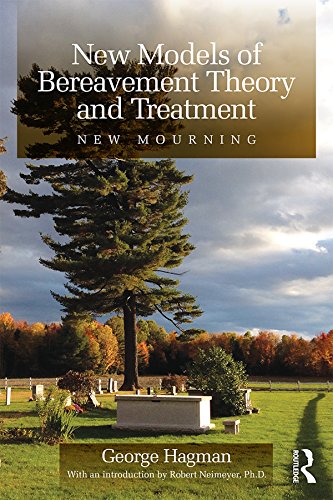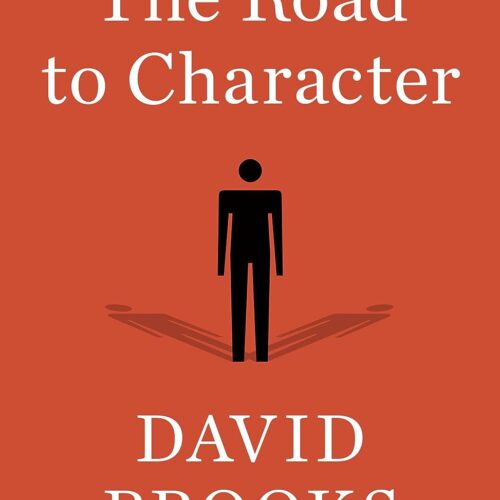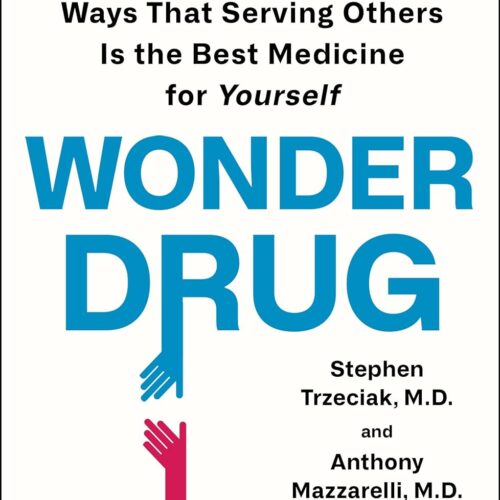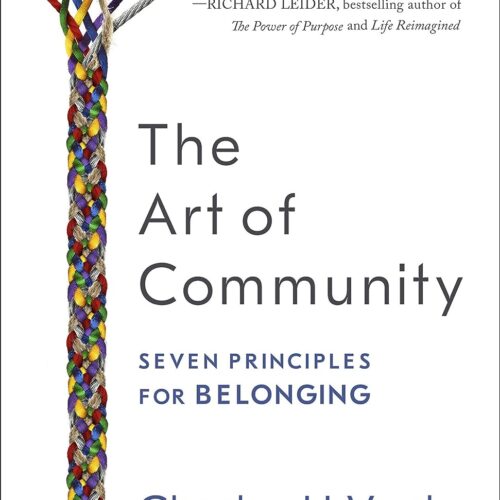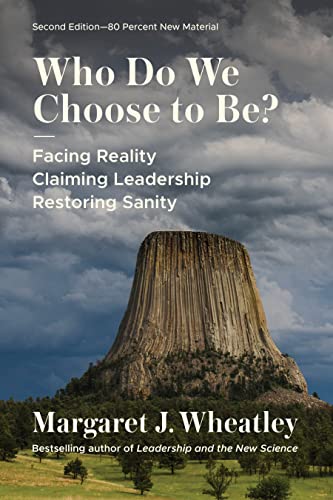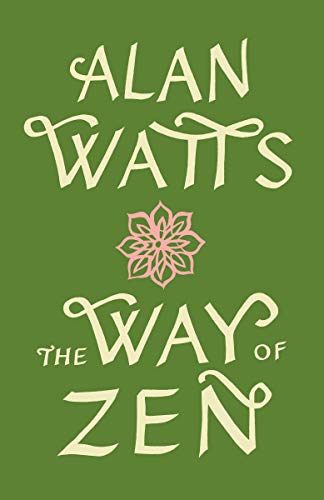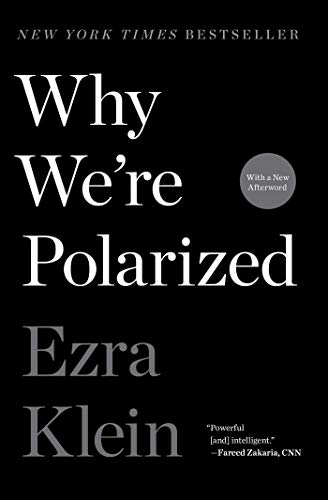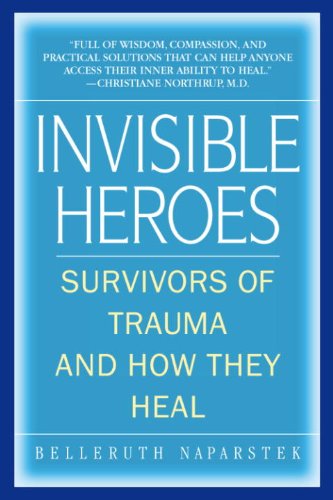Book Review-Stay: A History of Suicide and the Philosophies Against It
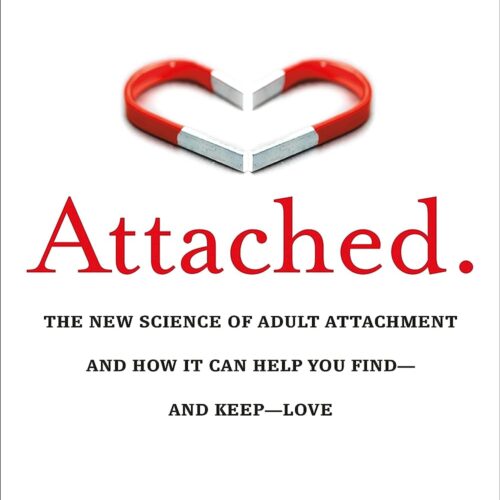
Book Review-Attached: The New Science of Adult Attachment and How It Can Help You Find—and Keep—Love
It’s spooky stuff. Rewind the clock to a time before you have conscious memories and watch your interactions with your mom and dad. Mary Ainsworth did this and refined the work of John Bowlby on attachment. They collectively discovered that the way we form relationships as an infant is relatively stable over time and can shape how we’ll behave in intimate relationships decades later. Attached: The New Science of Adult Attachment and How it Can Help You Find—and Keep—Love is the exposition of their work and the work of others that seeks to help us understand why we act the way we do – and how we can change it.
Evolution
To understand the genius of Bowlby’s work – and Mary Ainsworth’s extension – we must recognize the evolutionary advantage of attachments. If we take a step back, we can acknowledge that humans aren’t the fastest or the fiercest animals on the planet. However, our capacity to be social and select strategies of cooperation are an essential part of our ability to be the dominant biomass on the planet. (See SuperCooperators, Does Altruism Exist?, The Evolution of Cooperation, and The Righteous Mind.)
From there, we can see there can be special relationships we make – primary bonds – with those who are the most important to us and the most likely to support us. In childhood, these are often our parents; in adulthood, our spouse. Bowlby theorized, based on Harlow’s work on rhesus monkeys, that social comforting and perceived protection can be more important than food. In Harlow’s experiments, he fashioned two mother monkey replicas in wireframe. In one, he fashioned a place to hold a bottle for food, and the other he covered with terrycloth (to simulate the mother’s fur). The monkeys would get food when they were hungry but would routinely spend time with the terrycloth replica, who offered nothing else tangible.
Mary Ainsworth, who worked with Bowlby, would go on to develop a protocol for the “strange situation” that could clarify Bowlby’s hypothesis. She discovered, first in Uganda and then back in the US, that there were three basic ways that most babies would become attached. They are secure, avoidant, and anxious. She recorded several other variants that can be lumped together as “anxious-avoidant,” which is a mixture of the two non-safe attachment styles. Today, it is more commonly called “disordered attachment” because of the unpredictability.
Robin Dunbar later postulated the number of stable social relationships as a function of the size of the primate brain. Most frequently, this is quoted as 150 people for humans, but Dunbar’s work is much more nuanced. First, the overall number is a range that might be up to 250 people; more importantly, Dunbar proposed that there are rings of intensity of relationships that allow for the primary relationships Bowlby earlier believed in.
The Styles
What Ainsworth saw in her test exposed a paradox. Those babies who were attached in a way that Ainsworth would call “stable” were more likely to explore and experience the “strange situation.” Like the rat pups who received more licking and grooming who explored their environment, children explored more when they believed that they had a safe person to return to. (See How Children Succeed for more on rat licking and grooming.)
A summary of the styles is:
- Secure – They are aware that they have a safe person to return to and thus are less fearful and more open to experiences.
- Anxious – When their safe person isn’t available, they experience anxiety with the apparent concern they’ll never return. This is believed to be associated with neglect (intentional or unintentional).
- Avoidant – When their safe person is available, they often push the safe person away or ignore them. This is believed to be associated with perceived (but not necessarily real) abuse.
- Disordered – Alternating styles of avoidance and anxiety believed to be related to unpredictable experiences. Children of alcoholics can fall into this category or the anxious category depending on the predictability of their needs failing to be met.
Attachment in Plastic
The continued research into attachment has led to the awareness that, while attachment styles are generally stable over a lifetime, they can be changed. It’s described as the styles being plastic. They can be flexed and changed, but not without some degree of effort.
Cults sometimes intentionally try to pull people to a disordered attachment style, so they are more easily controlled and manipulated. (See Terror, Love, and Brainwashing for more.) Without intentionality, trauma can move people from more secure attachment styles to less secure attachment styles. This is often disorienting for both the person and those around them.
However, with work, the opposite is true. Even those who grew up in chaotic environments can develop secure attachments and approach close relationships in healthier ways.
Unmet Needs Continue
Sometimes the dynamics of the situation have one person calling the other “needy” or “clingy.” This pejorative assessment unfairly characterizes the gap between one person’s capacity to give and the other person’s need. The person with the need is characterized as excessively needy rather than the giver being seen as insufficiently capable of giving. No matter what you call it, the gap exists – and it may grow over time.
Consider a family that earns $50,000 per year but for whom their expenses are $55,000 per year. Are they needy? Certainly, their needs exceed their earnings, but needy may – or may not – be a fair characterization. In financial terms, we increase our debts to cover the difference, which further increases the gap between income and expenses. In emotional terms, we may choose to defer our needs temporarily with the expectation that the deficit will be addressed later.
The issue is the fundamental gap between need and capacity, and it stays the same even if our tolerance of the issue doesn’t stay the same.
Intimacy Anorexia
Over a decade ago, in a previous marriage, I encountered the work of Douglas Weiss and Intimacy Anorexia. While I’d seen the work of Bowlby and Ainsworth when I encountered Weiss’ work, I hadn’t quite put the pieces together. “Intimacy anorexia,” as Weiss defines it, is a caricature of the avoidant attachment style. They use a variety of strategies to avoid the person whom they’re married to or in a committed relationship with. With every pursuit of intimacy that the secure or anxiously attached person makes, the anorexic is putting up walls. John Gottman in The Science of Trust explains how important these bids for attention (and intimacy) are.
The net result is that the person bidding for intimacy questions whether they’re normal or needy, as their partner claims.
The Anxious-Avoidant Pairing
The unfortunate outcome of attachment styles and the dating process is that people with anxious attachment styles quite frequently end up with people who have an avoidant attachment style. This set of attachment styles is often dysfunctional, with one partner constantly pursuing and the other partner constantly fleeing the threat of intimacy. The best bet for these parings is for both partners to work towards changing their attachment styles to be more stable – which is substantially harder than it sounds when your partner is human and fallible.
The Stable Connection
One might assume, rightly, that a couple consisting of two adults with stable attachment would offer the best chances for intimacy. Both partners would allow for the appropriate space for the other. They’d accept their partner as an independent person with their own needs – and recognize that they’ll be there to support their needs. An unexpected finding in the research is that having one stable person in the relationship is nearly as effective as having two. It seems that someone with a stable attachment style can calm the fears of the other partner.
It’s as if they’re able to provide the degree of closeness that the other person needs – even if that degree of intimacy needs changes. From a personal perspective, I can remember counseling sessions where I shared that I didn’t have the right to a bad day, because if I did have a bad day, my now ex-wife couldn’t rise to the occasion to meet me in the middle. In a plane, there’s a flight attitude you can get that requires the engine to run at 100% capacity. It’s called “hanging on the prop,” and it’s risky when close to the ground. When you’re operating with one securely attached person in a relationship, there may or may not be much room for weakness.
Protest Behaviors
In fact, some “protest” behaviors can drive even the securely attached partner beyond their coping capacity. Levine and Heller’s list includes:
- Withdrawing
- Keeping score
- Acting hostile
- Threating to leave
- Manipulations
- Making them feel jealous
I take issue with the last one, since you can’t make anyone else feel something – but you can encourage it. That being said, the list shows similarities to the ones from Intimacy Anorexia.
Elevated Attachment Isn’t Love
One of the traps people sometimes stumble into is that they mistake an activated attachment system for love. In How Emotions are Made, Lisa Feldman Barrett explains how she might have mistaken illness for interest in a date. Luckily, she sorted it out. Others aren’t so lucky. They err on the side of interest when there’s something triggered in their attachment system trying to warn them, inadvertently bringing them like a moth to a flame.
The opposite is also true, where people fail to feel a “spark” with someone else and they assume that it’s because they’re not interested. Romance novels lead some to believe that there has to be this spark instead of creating space for a relationship first.
Conflict Resolution Leads to Intimacy
Even relationships between secure attachment types include fighting. Sure, they fight differently, but they still fight. When one of the partners is avoidant, they may seek to keep the conflict operating, because resolving the conflict creates too much intimacy. I can remember this experience. I’d try to eliminate the disagreement only to find a new one or a new dimension emerges. If you’re using your best conflict resolution skills, and the conflict seems to constantly rekindle, you may be working with someone who needs to keep the fight alive.
Responding to Effective Communication
Another clue to a person’s attachment style is how they respond to effective communication. The securely attached respond very positively; other attachment styles reveal their nature by changing the subject or creating a distraction. Securely attached people don’t have any interest in or any time for games. They expect effective communication – and they give it.
Growing Up
At some level, we grow up, but we don’t always learn How to Be an Adult in Relationships. We carry around the attachment styles we learned as a child, and we don’t even know that we should adjust it for a happier life. In the end, to find the best happiness in life, we need to learn how to be securely Attached.

